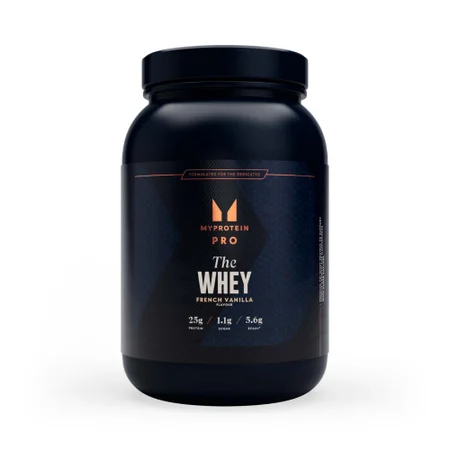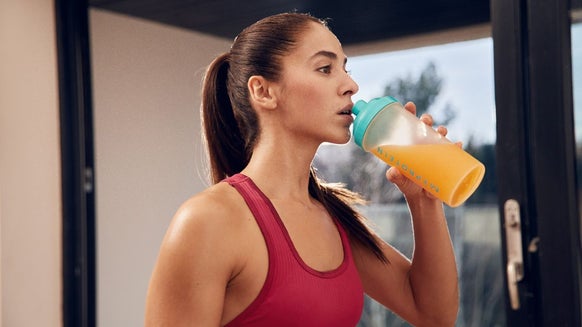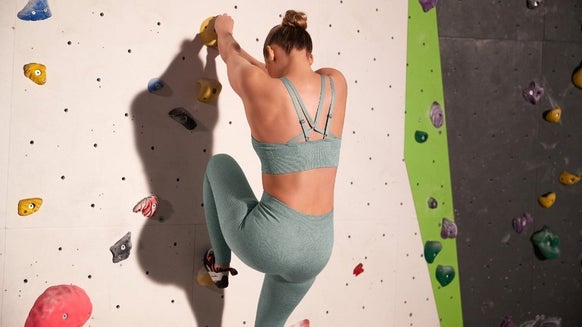Swap Sitting For A Mood Boost & The Biggest Muscle-Building Move | This Week’s Top Studies
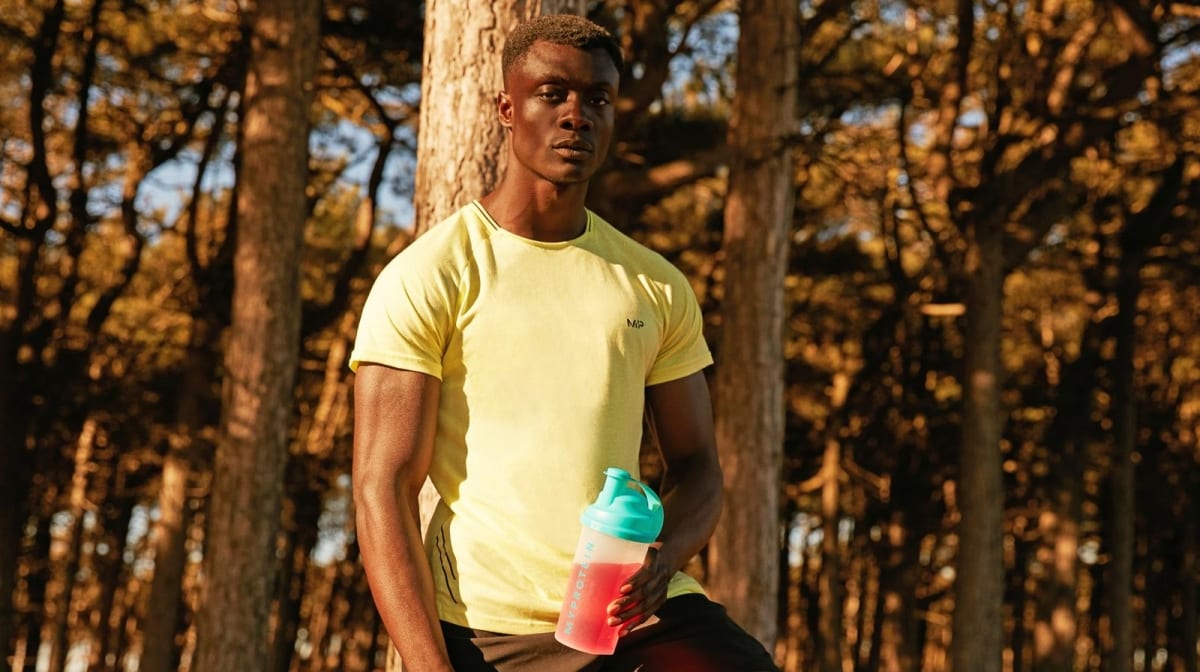
With everything that’s going on in the world at the moment, it’s safe to say that a lot of us have been reading up on the best ways to stay on form. That’s why we like to share with you the most interesting and exciting new studies from the world of sports and nutrition science right now.
This week, we’re looking at the effect of swapping sitting for something else and the exercises that could make all the difference to ACL injuries.
Does spending time sitting affect your mood?

Not being able to go outside all the time has had a bit of an impact on how active we are, with plenty of us spending a lot more time sat on the sofa or at our new work desk than usual.
Spending this much time lazing around may have got you feeling a little down, but don’t worry — this new study has got the answer. According to new research, replacing the time you’re spending sitting down with sleep or light activity can improve your mood.1
Not only that, the researchers also found that swapping sedentary time with sleep was associated with lowered stress levels and a lower BMI. Before you spend all day in bed, the research also found that light activity such as cooking dinner or walking around while on the phone also had similar positive effects.
It’s good to know that you don’t have to blast out a workout just to improve your mood. These are easy changes we can all make to our daily lives to feel better.
If you’re feeling drained, try walking around while you have that meeting, or take on some household chores to switch up your day. Equally, getting an early night rather than sitting up watching TV might be just what you need to put that spring in your step.
Eccentric exercises for ACL injuries

If doing in your ACL isn’t up there on the list of injuries you really don’t want, then we don’t know what is. Put it this way, you don’t realise how much you need that part of your leg until it’s injured.
After suffering through months of pain, you may be getting back to training, but with a much weaker leg than you started with. In fact, this weakness can cause all sorts of problems in itself.
If this sounds all too familiar, then this next study is for you. Researchers have found that eccentric exercises could be the answer for increasing muscle mass and improving ACL recovery.2
Eccentric exercises (sometimes referred to as negative training) are movements that lengthen the muscle under tension. Think walking downhill, the down swing of a bicep curl, or lowering your heels off a step.
It’s been thought for a long time that eccentric exercises do more harm than good when it comes to physical therapy, however, this research declares that this is outdated.
The research, which was carried out on rats, found that eccentric exercise was better at promoting muscle growth while limiting injury when compared to concentric exercises. To measure this, the researchers had the rats run either uphill (concentric movement) or downhill (eccentric movement) and measured the results.
This is pretty exciting findings and could be applied to a lot more than building and repairing muscle after an ACL injury. As this research has only been carried out on rats so far, it’ll be interesting to see if eccentric movements are the answer for muscle building.
Take home message
So, what have we learned this week? We think it’s time to adapt an “anything is better than nothing” attitude when it comes to movement — even doing the dusting is better than nothing. And how about throwing some eccentric exercises into your sets and seeing if you notice a difference?
READ THIS NEXT:

4-Second Fitness & Better Fat Burning | This Week's Top Studies
Spend a lot of time sitting? This one's for you.
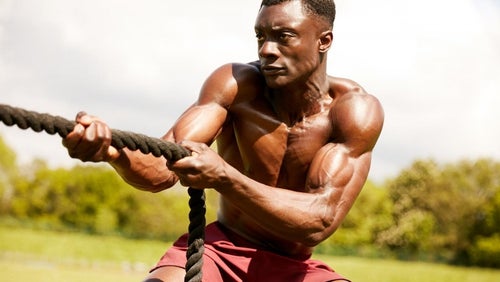
Why You Won't Lose Your Gym Gains & Running Robotics | This Week's Top Studies
How quickly can you rebuild strength when you get back to the gym?

Evangeline has taken part in competitive sports since a young age. As a qualified RYA Dinghy Instructor, she understands the importance of proper nutrition for fuelling extreme and endurance sports, especially due to her experience in Team GBR Squads and captaining and coaching her University first team.
In her spare time, Evangeline loves running – especially marathons. On the weekends, you’ll find her taking on water sports or hiking up a hill. Her favourite evenings are spent taking on a HIIT session or squats in the gym before digging into some spicy food and a ton of vegetables – yum!
Find out more about Evie's experience here.
1. Meyer, J. D., Ellingson, L. D., Buman, M. P., Shook, R. P., Hand, G. A., & Blair, S. N. (2020). Current and 1-Year Psychological and Physical Effects of Replacing Sedentary Time With Time in Other Behaviors. American Journal of Preventive Medicine.
2. Lepley, L. K., Davi, S. M., Hunt, E. R., Burland, J. P., White, M. S., McCormick, G. Y., & Butterfield, T. A. (2020). Morphology and Anabolic Response of Skeletal Muscles Subjected to Eccentrically or Concentrically Biased Exercise. Journal of Athletic Training, 55(4), 336-342.
